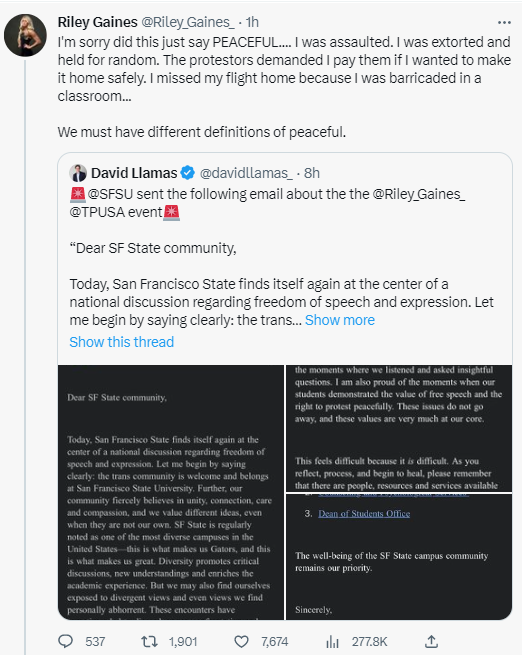Word of the Day: Kayfabe
Word of the day: Kayfabe
In professional wrestling, kayfabe /ˈkeɪfeɪb/ (also called work or worked), as a noun, is the portrayal of staged events within the industry as "real" or "true", specifically the portrayal of competition, rivalries, and relationships between participants as being genuine and not staged. The term kayfabe has evolved to also become a code word of sorts for maintaining this "reality" within the direct or indirect presence of the general public.
Kayfabe, in the USA, is often seen as the suspension of disbelief that is used to create the non-wrestling aspects of promotions, such as feuds, angles, and gimmicks in a manner similar to other forms of fictional entertainment. In relative terms, a wrestler breaking kayfabe during a show would be likened to an actor breaking character on-camera. Also, since wrestling is performed in front of a live audience, whose interaction with the show is crucial to its success, kayfabe can be compared to the fourth wall in acting, since hardly any conventional fourth wall exists to begin with. In general, everything in a professional wrestling show is to some extent scripted, or "kayfabe", even though at times it is portrayed as real-life.
[Source: Wikipedia]
I often wonder how transgender activists talking about themselves when they are by themselves, out of public view.
How to Not Apologize for the Authoritarian Conduct of Your Students
Non-apology written by high-ranking administrator of San Francisco State University after videotaped attack on Riley Gaines.
The Male Brain versus Female Brain Argument of Transgender Activists
Some Trangender Activists (TRAs) claim that it makes sense to claim that some people are "born in the wrong body" because, e.g., some girls have "male" brains. Christina Buttons explains her disagreement in an article titled "Debunked: The Transgender 'Brain Sex' Argument."
The "brain sex" argument is based on the idea that there are differences in brain structure and function between males and females that are influenced by hormones and genetic factors. Advocates of this argument argue that these differences can also be seen in the brains of transgender individuals and that these differences may contribute to the development of a “gender identity” that is different from their natal sex.Progressive media outlets have glommed onto this narrative and published dozens of articles asserting that “transgender people are born that way” and “science proves trans people aren’t making it up.” But also, mainstream media like CNN, the New York Times, Newsweek, the Telegraph and scientific sources like Nature and Scientific American have repeated this misinformation.
Here’s why it's wrong The majority of the studies on the “transgender brain” have a fatal flaw: they didn’t control for confounding variables like cross-sex hormone use and, most importantly, sexual orientation. When a study doesn't control for confounding variables, it means that the researchers did not take into account other factors that could have affected the results of the study, which make it difficult or impossible to determine whether the relationship between the two variables being studied is truly causal or a byproduct of other unrelated factors.
Buttons sets forth several specific reasons, including this one:
If “gender identity” were solely biologically ingrained, it would conflict with the fact that gender dysphoria has been observed to resolve spontaneously or through psychotherapy at various ages. As we know from the growing population of detransitioners and a large body of research on desistance in children, transgender identities are not necessarily fixed. Currently, there is no brain, blood, or other objective test that distinguishes a trans-identified from a non-trans identified person.
- Go to the previous page
- 1
- …
- 8
- 9
- 10
- 11
- 12
- 13
- 14
- …
- 31
- Go to the next page



